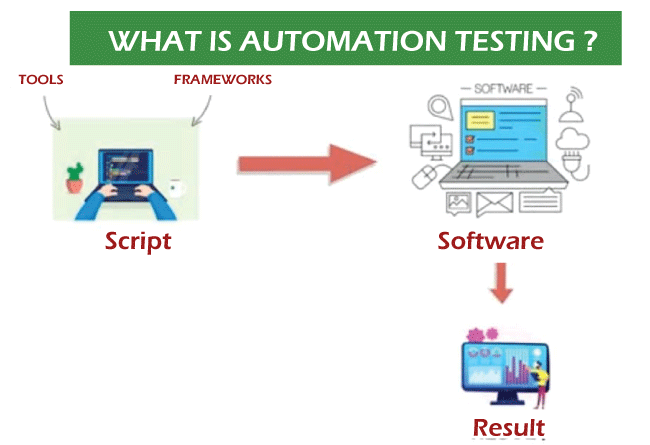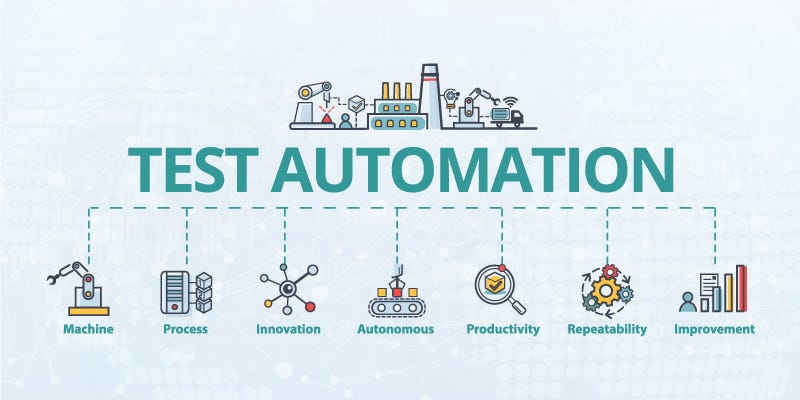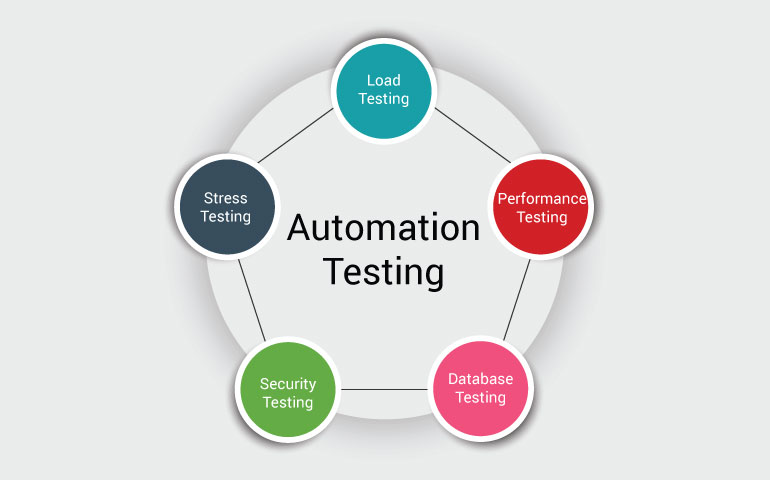From Manual to Automated Screening: A Comprehensive Guide to Transitioning Efficiently and Efficiently
In the realm of software program screening, the shift from manual to automated processes has ended up being a progressively crucial change for companies looking for to boost effectiveness and accuracy in their testing methods. The trip from manual to automated testing is not without its obstacles, yet when come close to strategically and with a clear plan in mind, the benefits can be significant.
Benefits of Automated Examining
Automated screening offers countless advantages, boosting performance and accuracy in software program development procedures. One key benefit is the considerable reduction in screening time. Automated tests can be run concurrently on several tools and operating systems, significantly quickening the screening phase compared to hand-operated screening. This increased effectiveness enables faster feedback on the top quality of the software application, making it possible for designers to recognize and resolve issues promptly.
Furthermore, automated screening makes certain a greater degree of precision in identifying problems. Uniformity in testing is likewise improved, as automated examinations execute the exact same actions exactly each time they are run.
Choosing the Right Devices

First of all, examine your purposes and requirements. Comprehend the scope of your job, the modern technologies involved, and the ability of your group. This evaluation will certainly aid you identify the capacities and functions you require in your screening tools.
Second of all, take into consideration the compatibility of the tools with your existing procedures and systems. Smooth combination with your present software application growth lifecycle is crucial to guarantee a smooth shift to automation.
Additionally, assess the scalability and flexibility of the devices. As your testing requires evolve, the tools ought to be able to adjust and suit changes effectively.
Last but not least, consider the support and community around the devices. When implementing automated testing, robust support and an active user neighborhood can offer useful sources and help. By thoroughly taking into consideration these facets, you can select the right devices that straighten with your demands and set the phase for a successful transition to automated screening.
Writing Efficient Examination Manuscripts

When crafting examination manuscripts, it is crucial to consider the details demands of the software being evaluated and make certain that the manuscripts attend to all crucial capabilities. Detailed and clear calling conventions for examination manuscripts and test cases can enhance readability and maintainability. In addition, integrating error handling systems within the examination scripts can assist in identifying and addressing problems without delay.
Furthermore, organizing examination scripts right into modular elements can enhance reusability and scalability, lowering redundancy and improving performance in test manuscript maintenance. Regular reviews and updates to examine scripts are vital to keep rate with developing software requirements and performances. By adhering to these concepts, testers can create durable and effective test scripts that add considerably to the success of automated screening processes.
Integrating Automation Into Workflows
Reliable combination of automation devices right into existing process improves procedures and enhances performance within company website software advancement cycles. When incorporating automation into process, it is important to recognize repeated jobs that can be automated to save time and minimize human error. By flawlessly integrating automated screening devices like Selenium or my explanation Appium into the software development lifecycle, groups can accomplish faster feedback on code changes, bring about quicker insect discovery and resolution. This assimilation permits continual testing throughout the development process, ensuring that any kind of concerns are determined at an early stage, causing higher software application high quality. Additionally, automation can be made use of to set off examinations immediately after each code devote, offering immediate validation and maximizing testers to concentrate on more complicated circumstances. Appropriate assimilation of automation tools needs collaboration between growth, screening, and procedures teams to develop a unified operations that optimizes efficiency and performance in delivering high-grade software products.
Guaranteeing a Smooth Transition
Successfully transitioning to automated testing includes precise planning and careful execution to take full advantage of and minimize disruptions performance in the software application advancement procedure - automation testing. To guarantee a smooth transition, it is important to start by conducting a comprehensive assessment of the current testing procedures and determining locations where automation can bring the most significant benefits. Involving with all stakeholders early in the procedure, consisting of programmers, testers, and job managers, is important for garnering assistance and buy-in for the automation campaign
Communication is key during this change phase. Clear interaction of the objectives, benefits, and assumptions of automated screening helps more info here to manage any resistance or concerns that may occur. Additionally, giving sufficient training and sources for employee to upskill in automation tools and techniques is important for making certain a successful shift.

Verdict
In verdict, transitioning from handbook to automated screening offers many advantages, including boosted efficiency and dependability. By picking the suitable tools, composing efficient test scripts, and incorporating automation perfectly into process, companies can guarantee a smooth and effective shift. It is important to accept automation as an important property in software testing processes to enhance overall quality and performance.
In the world of software program testing, the shift from handbook to automated processes has ended up being a significantly crucial transition for organizations seeking to enhance efficiency and precision in their screening methods. Automated tests can be run at the same time on multiple devices and operating systems, significantly speeding up the screening stage compared to manual testing. Consistency in testing is additionally boosted, as automated tests execute the very same actions specifically each time they are run.To make sure the effective application of picked testing devices, the development of efficient test scripts plays an important function in validating the capability and performance of automated processes - automation testing. By following these principles, testers can develop robust and reliable examination scripts that contribute considerably to the success of automated screening processes